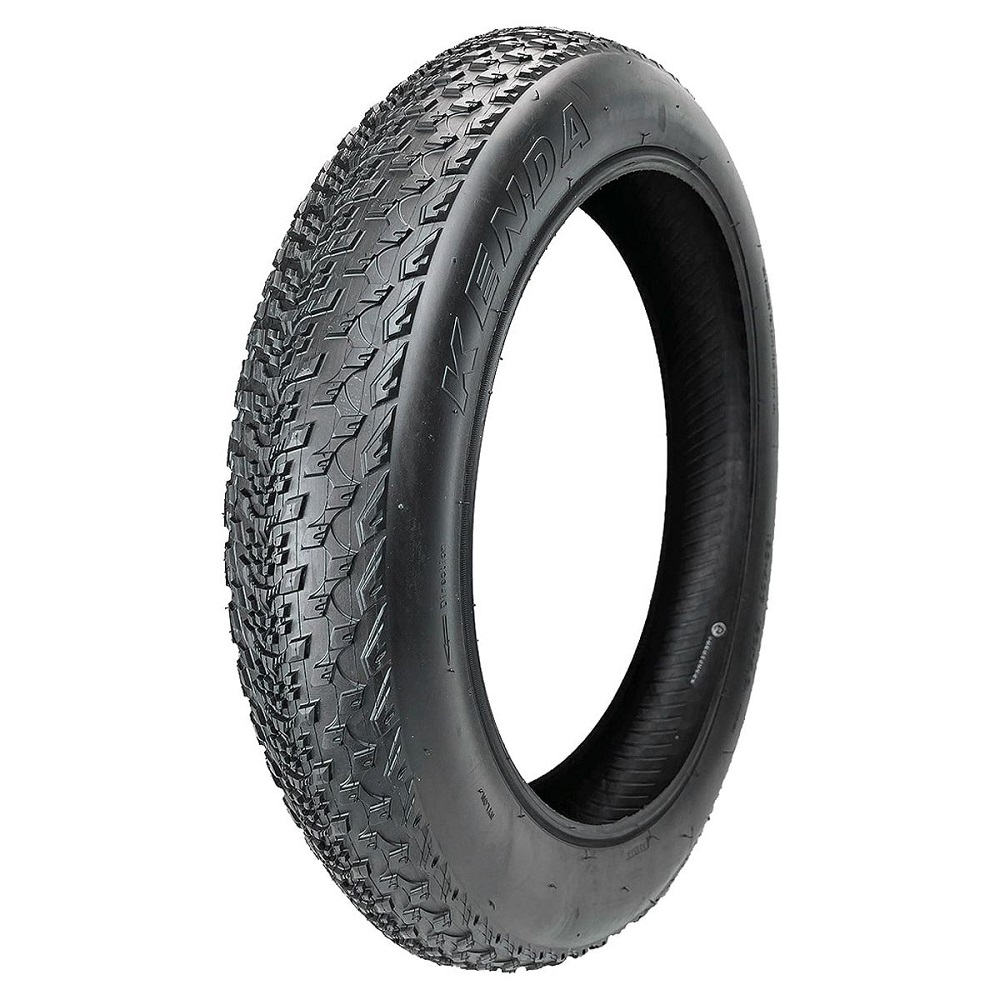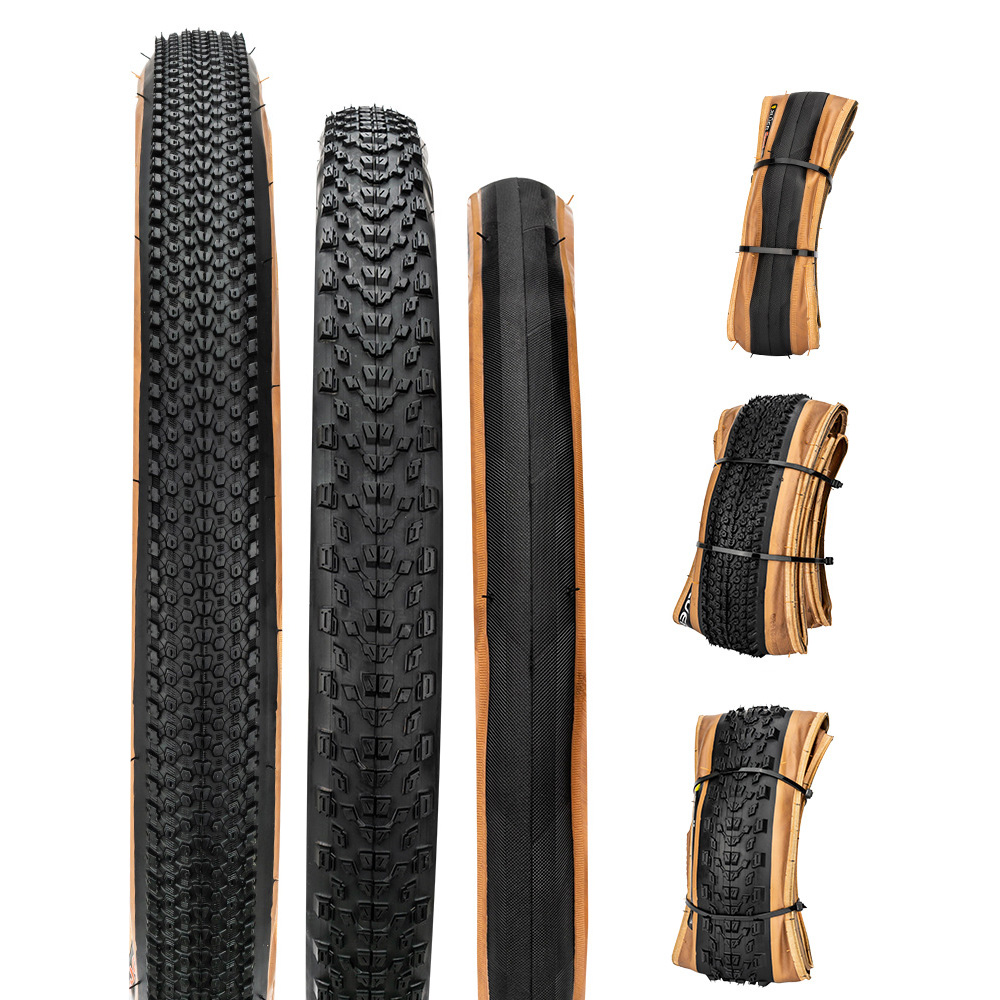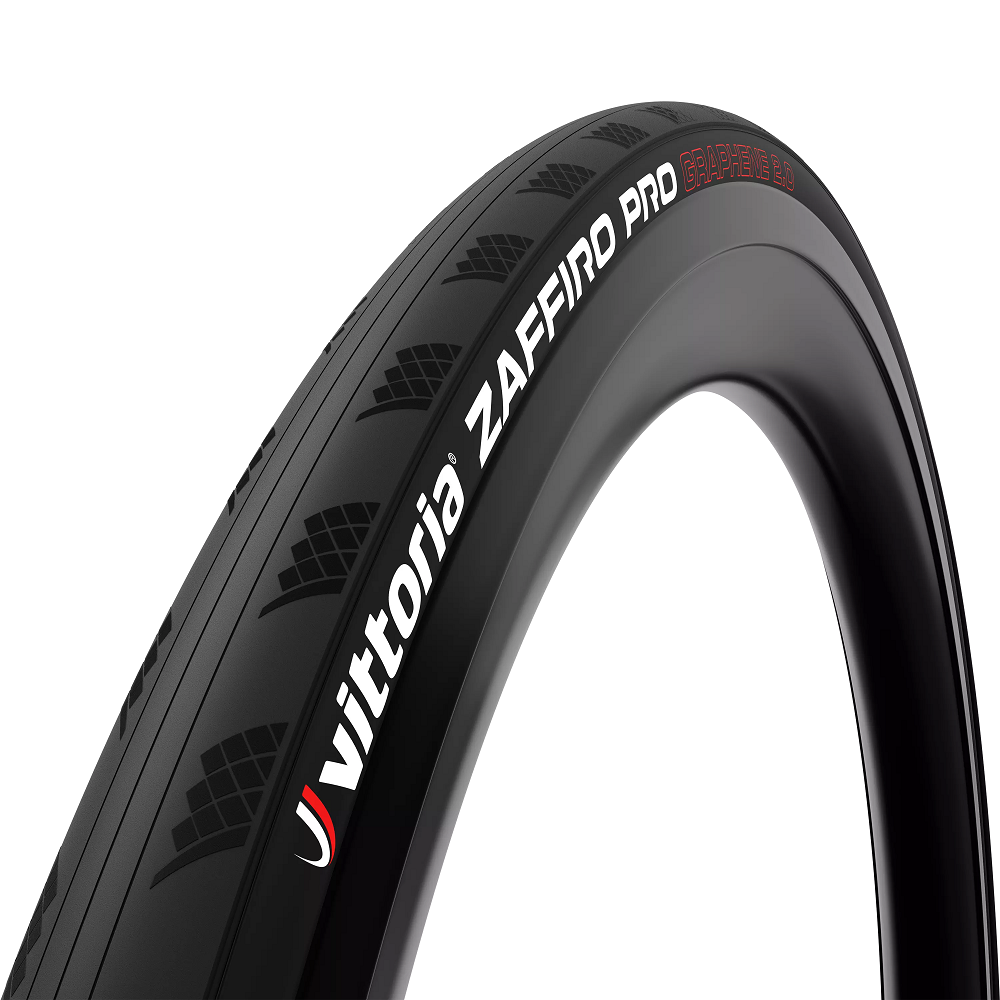Bicycle tires play a crucial role in any cycling experience. They serve as the only point of contact with the ground, affecting stability, speed, and overall comfort during your ride. Choosing the right tire can enhance your cycling experience significantly. In this article, we will delve deep into the different types of bicycle tires, their components, maintenance, and the impact they have on riding performance.
The Anatomy of a Bicycle Tire
Bicycle tires consist of several key parts. Understanding these components can help cyclists make informed decisions when purchasing and maintaining their tires.
Tread Pattern and Its Importance
The tread pattern is one of the first features you notice on a tire. It directly affects traction. Tires with deep and aggressive treads provide better grip on rough surfaces, such as gravel or muddy trails. Conversely, tires with a smooth, slick tread are built for speed on paved roads. They reduce rolling resistance, making it easier to accelerate and maintain high speeds.
Sidewalls and Construction
The sidewalls of a tire provide support and flexibility. They can be made from various materials, including rubber and synthetic composites. A thicker sidewall can resist punctures but may add to the tire’s weight. Conversely, a thinner sidewall will be lighter but more susceptible to damage. Tire construction formats also vary—some offer a folding design for portability, while others are rigid.
The Inner Tube: A Vital Component
Most bicycle tires use inner tubes, which hold air. Inner tubes can be made of rubber or latex, and they come in various sizes. When inflated, they create pressure, which helps support the rider’s weight and allows for a comfortable ride. Some tires are tubeless, eliminating the need for an inner tube. Tubeless systems can reduce the risk of pinch flats, making them a popular choice for mountain bikers.
Types of Bicycle Tires
Bicycle tires can be categorized based on their design and use. Various styles meet the diverse needs of cyclists, whether they prefer casual rides, competitive races, or off-road adventures.
Road Tires: Speed and Efficiency
Road tires are typically narrow and designed for high performance on paved surfaces. They usually have a smooth tread, which minimizes rolling resistance. Many road tires come in a clincher format, featuring an inner tube enclosed within the tire. Cyclists can easily change out flat tires using this system.
The Importance of Width
Road tires usually range from 23mm to 32mm in width. Narrower tires (23mm) are faster and provide less rolling resistance, while wider tires (28mm-32mm) offer better comfort and stability. The choice of width often depends on the rider’s preferences and the type of road surfaces they will encounter.
Mountain Bike Tires: Designed for Tough Terrain
Mountain bike tires are built to tackle rough, uneven surfaces. They tend to be thicker and have deeper treads than road tires. The enhanced grip allows cyclists to navigate rocky trails, steep inclines, and loose gravel. Some mountain bike tires are designed specifically for wet or muddy conditions, featuring specialized treads that channel water away for added grip.
Tubeless Technology
Many mountain bikers switch to tubeless tires for their added benefits. With a tubeless setup, the tire forms a seal with the rim, allowing riders to run lower pressures. This provides better traction and comfort without the risk of pinch flats on obstacles like rocks or roots.
Hybrid Tires: Versatility at Its Best
Hybrid tires bridge the gap between road and mountain bike tires. These tires usually have a broader width than road tires but a smoother tread than mountain bike tires. They are ideal for those who commute on city streets but also want the option to ride on gravel paths or trails.
Tire Maintenance: Keeping Them in Top Shape
Proper maintenance is key to ensuring your bicycle tires last longer and perform better. Regular checks and a few simple practices can go a long way.
Pressure Checks
Maintaining proper air pressure is essential for tire performance. Under-inflated tires can lead to increased rolling resistance and a higher chance of pinch flats. On the other hand, over-inflated tires can compromise traction and comfort. Use a pressure gauge to check the pressure before each ride and inflate them to the manufacturer’s recommended PSI.
Inspecting for Damage
Regularly inspect your tires for signs of wear and tear. Look for cuts, abrasions, or bulges in the sidewalls. Also, check the tread for uneven wear. This can indicate improper inflation or misalignment issues. Addressing these problems early can prevent more significant issues down the line.
Cleaning and Storage
Cleaning your tires after rides, especially on muddy trails, can help extend their life. Use a damp cloth or brush to remove debris. If you store your bike for an extended period, keep it in a cool, dry place. Sun exposure can degrade rubber compounds, leading to cracking and reduced performance.
Choosing the Right Tire for Your Needs
Selecting the right tire can elevate your cycling experience significantly. Here’s a guide to help you choose wisely.
Riding Environment
Consider where you’ll primarily ride. If you mainly bike on smooth, paved roads, then road tires are your best bet. If you enjoy off-road trails, opt for mountain bike tires with specific grippy treads. For mixed-use, consider hybrid tires that offer versatility.
Riding Style and Goals
Think about your riding goals. Are you aiming for speed or comfort? Competitive cyclists often choose lightweight, narrow tires, while casual riders may prefer wider tires for added comfort. The type of bike you have can also shape your choices, as some bikes are designed for specific tire types.
Budget Considerations
Tires come at various price points. High-performance tires generally cost more, but they may provide better durability or performance benefits. Set a budget before shopping and remember that investing in quality tires can pay off in the long run through better rides and fewer repairs.
Seasonal Changes and Tire Choices
Changing seasons can significantly affect your riding conditions. Adapt your tire choices based on weather and environment.
Winter Riding: What to Consider
Winter cycling often means dealing with snow and ice. Consider tires designed for winter conditions. Some tires come with specific treads that grip icy surfaces better, while others are wider to support added traction. Ensure you’re prepared with adequate visibility and safety gear during winter rides.
Rainy Season: Options for Wet Conditions
Rainy conditions call for tires with better water dispersal features. Tires with deeper grooves can help channel water away from the contact patch, reducing the risk of hydroplaning. Different brands offer specific models designed for wet conditions—research and find one that meets your needs.
Spring and Summer: The Ideal Weather
During the warmer months, road and hybrid tires can be your best choice. If you primarily bike for speed or commuting, invest in higher-performance road tires. For weekend trails or leisurely rides, hybrid tires may provide the best of both worlds.
Innovations in Bicycle Tire Technology
The cycling industry has seen advancements in tire technology that enhance performance and safety. Staying updated on these advancements can help you choose the best tires.
Puncture-Resistant Technology
Many tire manufacturers now include puncture-resistant materials. Kevlar belts and other similar technologies add an extra layer of protection against sharp objects on the road. These innovations can save you from frequent flat tires, giving you peace of mind during long rides.
Smart Tires for the Future
The future of cycling may also include smart tires equipped with sensors. These sensors can monitor tire pressure and overall tire health, alerting riders through a connected app when maintenance is needed. This technology can not only enhance cycling performance but also improve safety for everyday cyclists.
Eco-Friendly Options
As cycling continues to grow in popularity, so does the emphasis on sustainability. Some manufacturers now create tires from recycled materials or plant-based compounds. These eco-friendly options allow cyclists to ride responsibly, leaving a smaller carbon footprint.
Conclusion
Bicycle tires are more than just rubber circles; they are an essential component that impacts every aspect of your ride. From the choice of tread to proper maintenance, understanding your tires helps ensure a safe and enjoyable cycling experience. By considering your specific needs and staying informed on the latest advancements, you can make wise decisions that enhance your cycling adventures. Whether commuting, racing, or exploring trails, the right tires will make all the difference. Happy riding!





